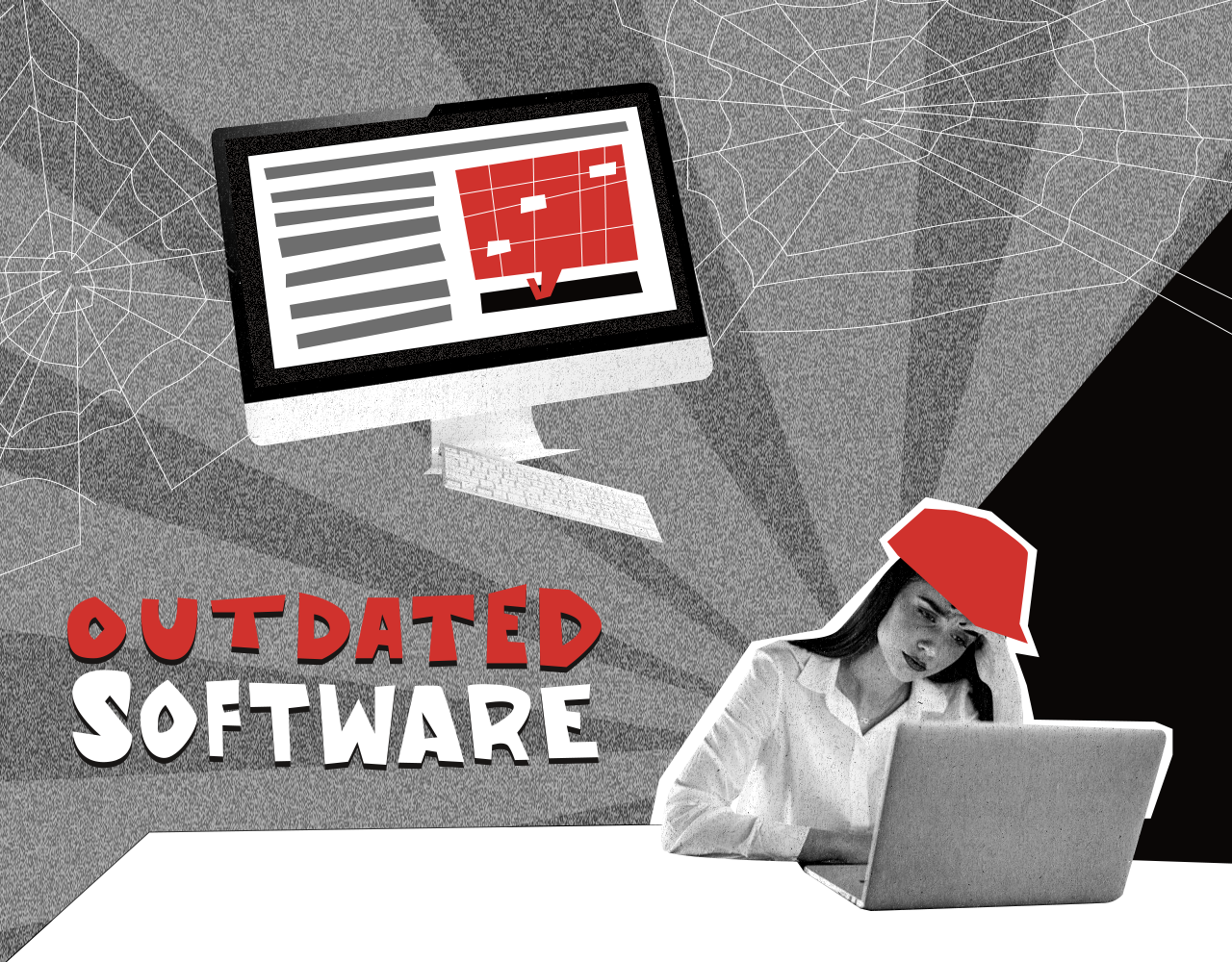In a rapidly evolving technological landscape, we find ourselves living in an interconnected world where cyberspace plays a crucial role in our daily lives. While this connectivity brings numerous benefits, it also exposes us to a plethora of cybersecurity challenges. As we become increasingly reliant on technology, it is imperative to understand and address these challenges to ensure the security and privacy of individuals, organizations, and nations.
1. **Data Breaches and Privacy Concerns**: With the vast amount of personal and sensitive information stored online, data breaches have become a major cybersecurity concern. Cybercriminals constantly target organizations and individuals to gain unauthorized access to data, leading to identity theft, financial loss, and significant privacy breaches. Protecting this data is paramount to maintain trust in the digital ecosystem.

2. **Ransomware Attacks**: Ransomware has emerged as a highly sophisticated and lucrative form of cybercrime. Hackers use malicious software to encrypt critical data, holding it hostage until a ransom is paid. These attacks can cripple businesses, government agencies, and even healthcare facilities, disrupting essential services and causing financial losses.
3. **Internet of Things (IoT) Vulnerabilities**: The proliferation of IoT devices presents new security challenges. Many IoT devices have weak security measures, making them easy targets for hackers. Compromised IoT devices can be harnessed for botnets or provide unauthorized access to personal networks, posing risks to privacy and even physical safety.
4. **Phishing and Social Engineering**: Phishing attacks remain one of the most prevalent cybersecurity threats. Cybercriminals use deceptive tactics to trick individuals into revealing sensitive information or downloading malicious software. Social engineering techniques prey on human vulnerabilities, making users the weakest link in the cybersecurity chain.

5. **Advanced Persistent Threats (APTs)**: APTs are sophisticated, long-term cyberattacks usually targeting specific entities, such as government agencies or large corporations. Perpetrators utilize multiple attack vectors, remaining undetected for extended periods, allowing them to exfiltrate sensitive data or cause significant damage.
6. **Supply Chain Vulnerabilities**: Cybersecurity isn’t just about securing one’s own systems; it also involves safeguarding the entire supply chain. Weak links in the supply chain can be exploited by attackers to gain access to high-value targets indirectly.
7. **Insider Threats**: Malicious or negligent employees and contractors can pose significant cybersecurity risks. Insider threats have the advantage of already having access to sensitive information and systems, making detection and prevention challenging.
8. **Nation-State Cyber Espionage and Warfare**: State-sponsored cyberattacks have become a reality, with governments engaging in cyber espionage and cyber warfare. These attacks can target critical infrastructure, governmental institutions, or even disrupt communication networks, causing widespread chaos and damage.
9. **Lack of Cybersecurity Awareness and Education**: A lack of cybersecurity awareness among individuals and organizations remains a significant challenge. Users often fall victim to cyber threats due to inadequate understanding of potential risks and the best practices to mitigate them.
10. **Legacy Systems and Outdated Software**: Many organizations continue to use legacy systems and outdated software that may no longer receive security updates. This creates vulnerabilities that cybercriminals can exploit to gain unauthorized access.

11. **Cybersecurity Regulations and Compliance**: Developing and enforcing effective cybersecurity regulations can be challenging for governments. Striking the right balance between security and innovation while ensuring compliance across diverse industries is an ongoing struggle.
12. **Cybersecurity Workforce Shortage**: There is a shortage of skilled cybersecurity professionals, making it difficult for organizations to build robust security teams. The high demand for experts in the field further intensifies the problem.
In conclusion, the interconnected world we live in offers immense opportunities, but it also exposes us to a wide range of cybersecurity challenges. Addressing these challenges requires a multi-faceted approach involving collaboration between governments, businesses, individuals, and the cybersecurity community as a whole. Only through collective effort can we establish a safer and more secure digital environment for everyone.

